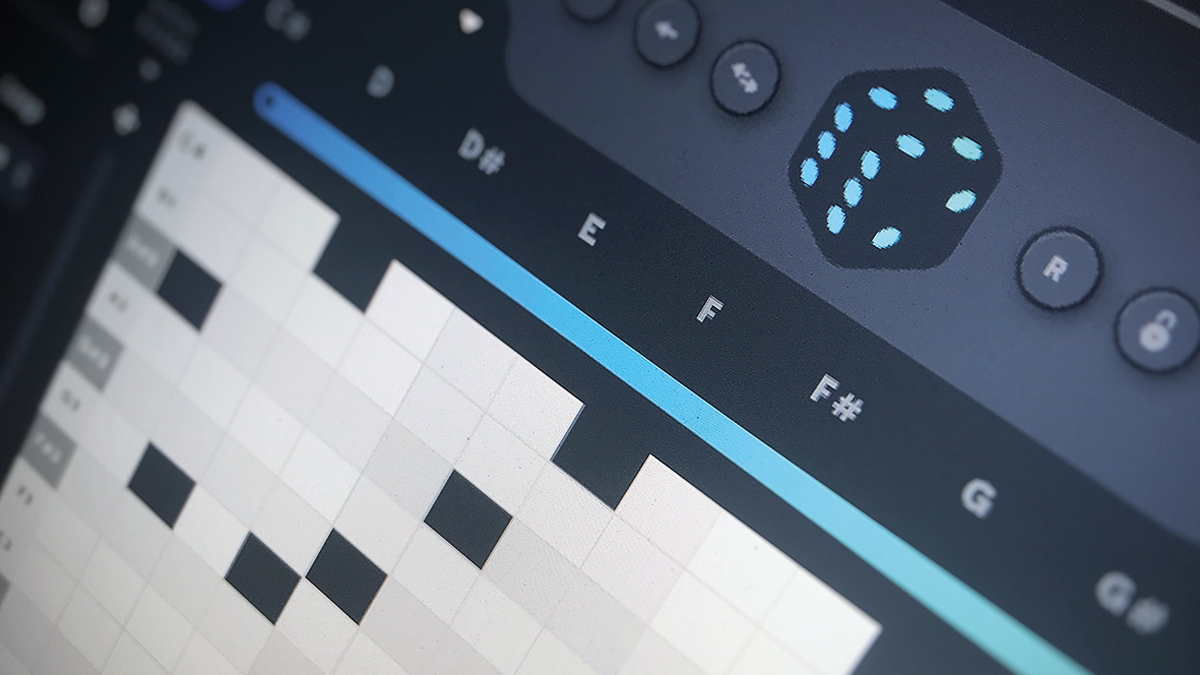Flow harnesses the power of algorithms to create generative melodies, chords and beats in Ableton Live
This Max for Live device from Orthogonal can be used to design 'state machines' which spontaneously generate complex musical patterns
Let's face it: in our technologically saturated age, algorithms already control most of our lives, from what we watch on television to who we end up dating, so why not see if they can spice up our music-making too?
That's exactly what Flow, a new Max for Live device from the developer Orthogonal, promises to do. Orthogonal tell us that its generative, non-linear MIDI sequencer makes algorithmic music composition "easy", a claim we initially met with some skepticism after coming across the phrase "parallel hierarchical probabilistic state machine" in the plugin's marketing copy.

Ordered chaos: a guide to randomisation, probability and generative music
The mathematically uninitiated need not fear, though, as it turns out that Orthogonal were telling the truth after all. Once you get going with Flow, it's fairly simple to set up complex and evolving patterns of notes, chords and even modulation signals. The plugin does this through the aforementioned concept of the state machine, which is essentially an algorithmic set of "trigger states" that contain notes or modulation values of your choosing, along with rules that determine how one state transitions to another.
Stick a note or a chord in each trigger state, add velocity ranges and then dial in probability values that determine how likely Flow is to move on to any of the other states in the machine (up to 8) after playing each one. Hit play, and Flow will spontaneously produce generative MIDI note patterns based on the rules you've specified. Dial in the modulation slider, and Flow will use those same rules to generate modulation signals that can be used to control external gear or modulate other plugins in Ableton.
The same principles will work for MIDI drum patterns, too, or even breakbeats chopped up in a sampler plugin. Multiple state machines can be organized in a hierarchical manner, putting state machines within state machines for even more complexity. As if that wasn't enough to get your head around, four parallel independent sequencer parts can run simultaneously, and each is equipped with controls for reset rate, transposition and mix level.
We've spent a little time with Flow and found ourselves head-nodding along with some generative and polyrhythmic acid basslines pretty swiftly. For those after an alternative to punching in melodies with the mouse pointer or tinkling the MIDI ivories, Flow can offer a new way to come up with melodies, chord sequences, beats and modulation, creating patterns that are unique and unpredictable without sounding totally random.
Flow can be used in Ableton Live on Windows or macOS and will set you back €39.
Get the MusicRadar Newsletter
Want all the hottest music and gear news, reviews, deals, features and more, direct to your inbox? Sign up here.



I'm MusicRadar's Tech Editor, working across everything from product news and gear-focused features to artist interviews and tech tutorials. I love electronic music and I'm perpetually fascinated by the tools we use to make it. When I'm not behind my laptop keyboard, you'll probably find me behind a MIDI keyboard, carefully crafting the beginnings of another project that I'll ultimately abandon to the creative graveyard that is my overstuffed hard drive.









